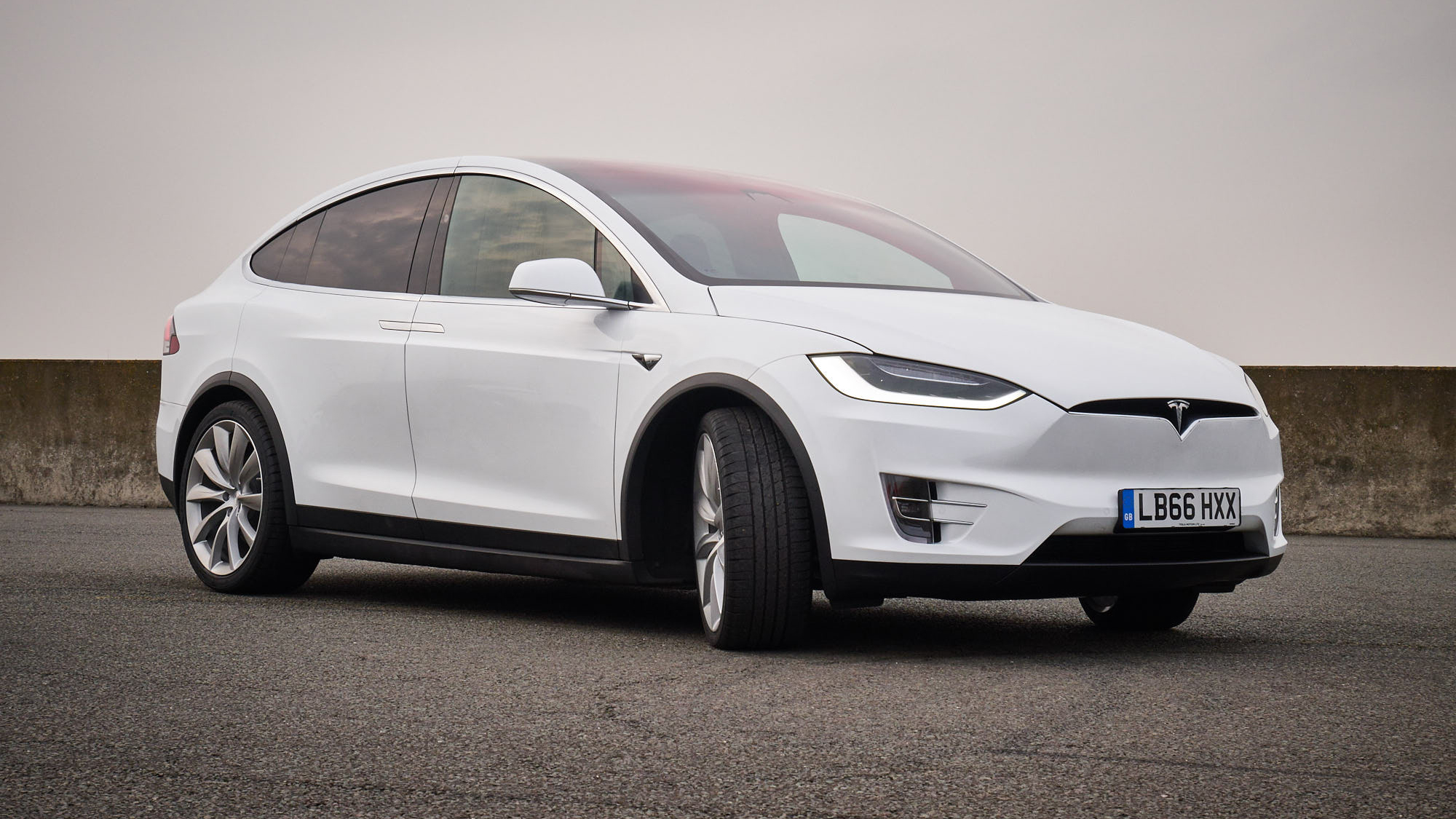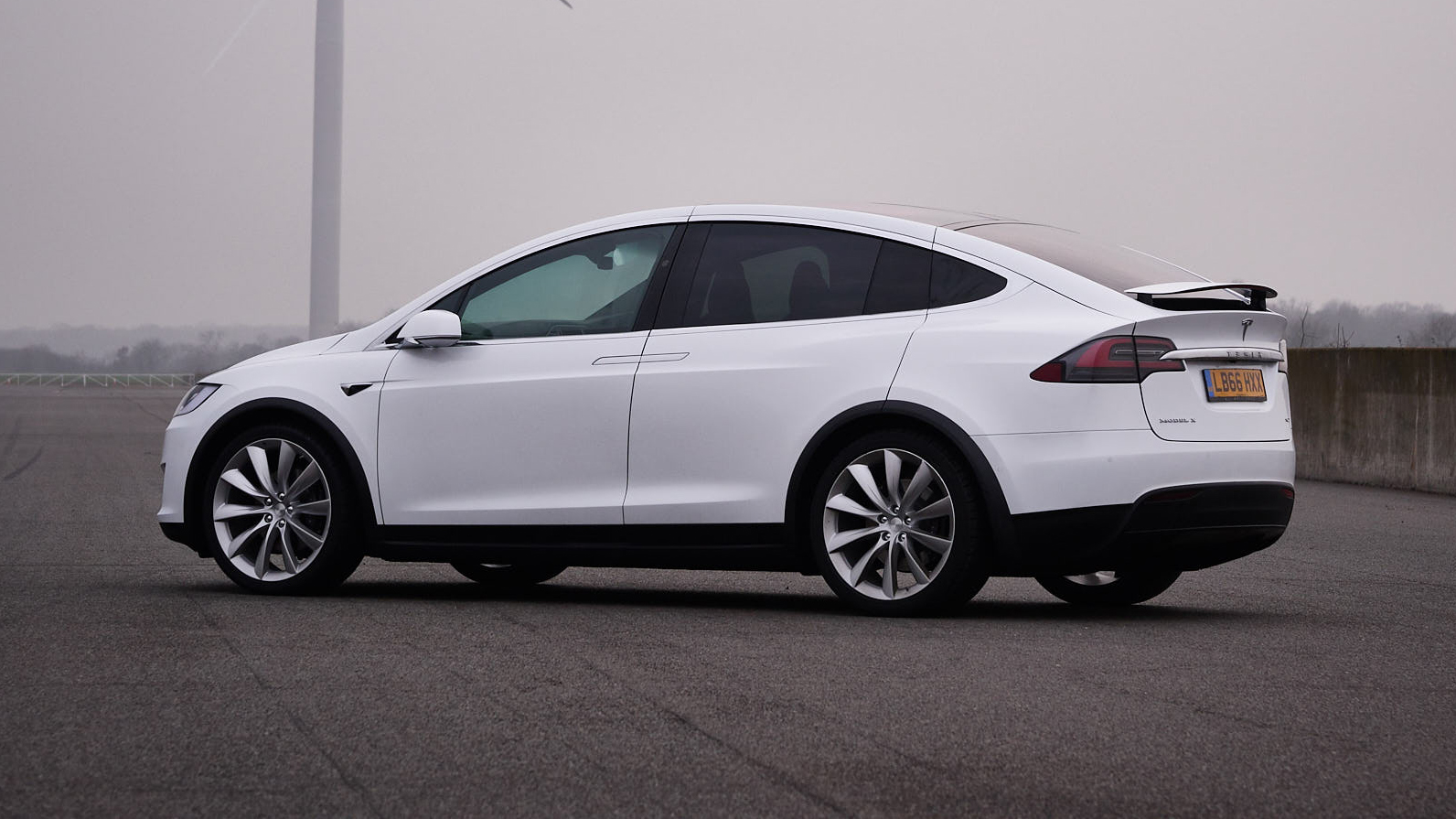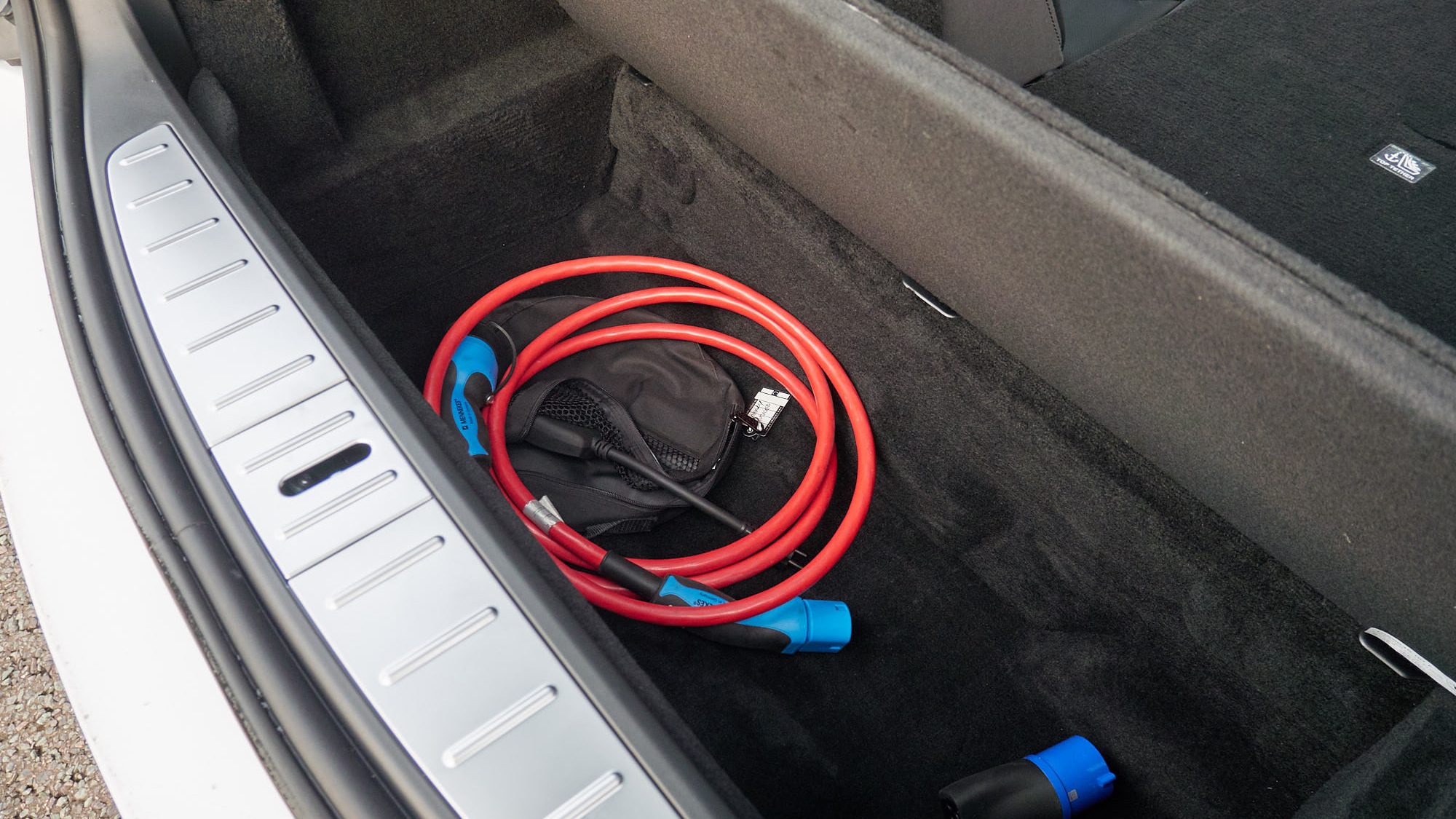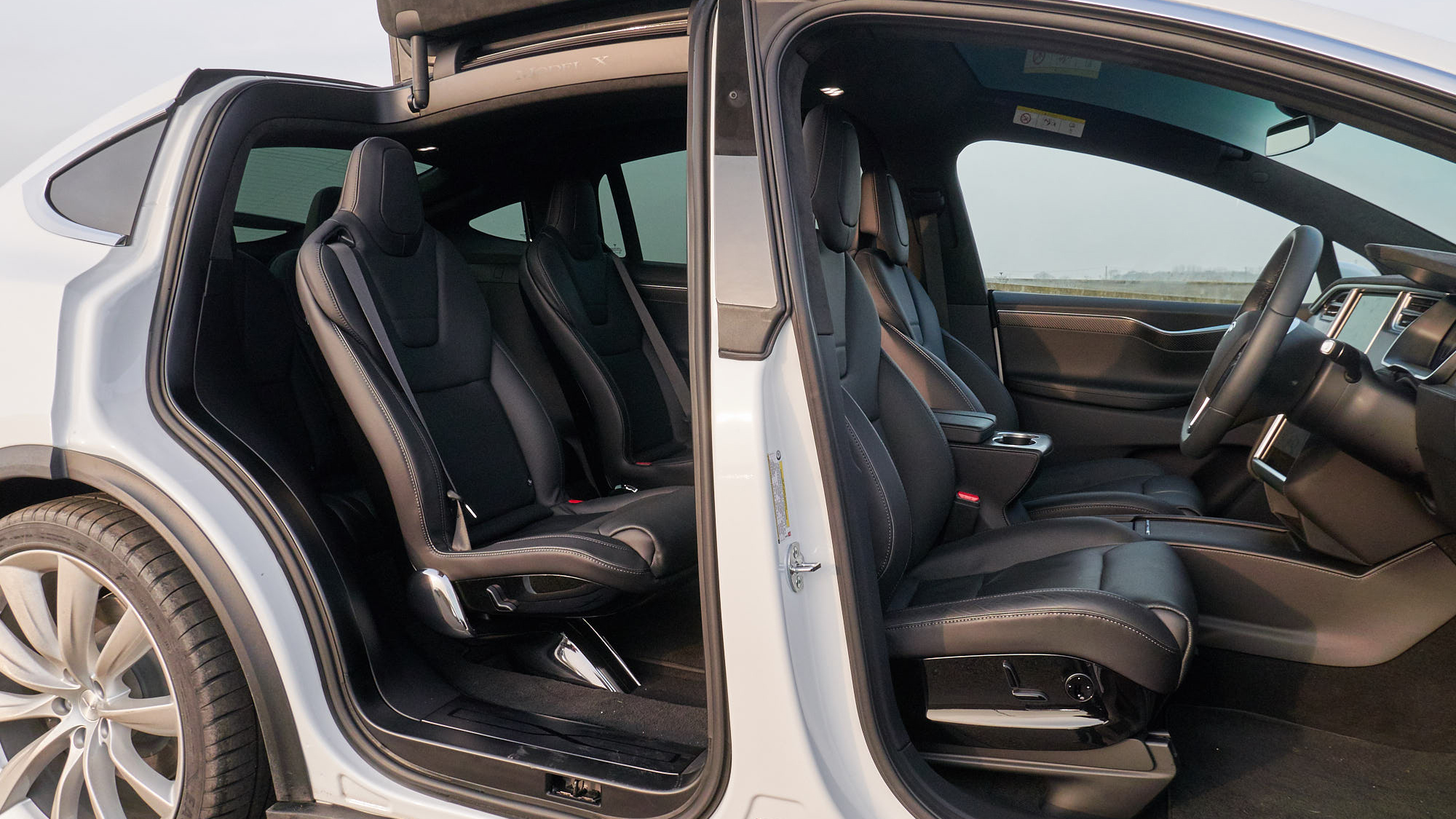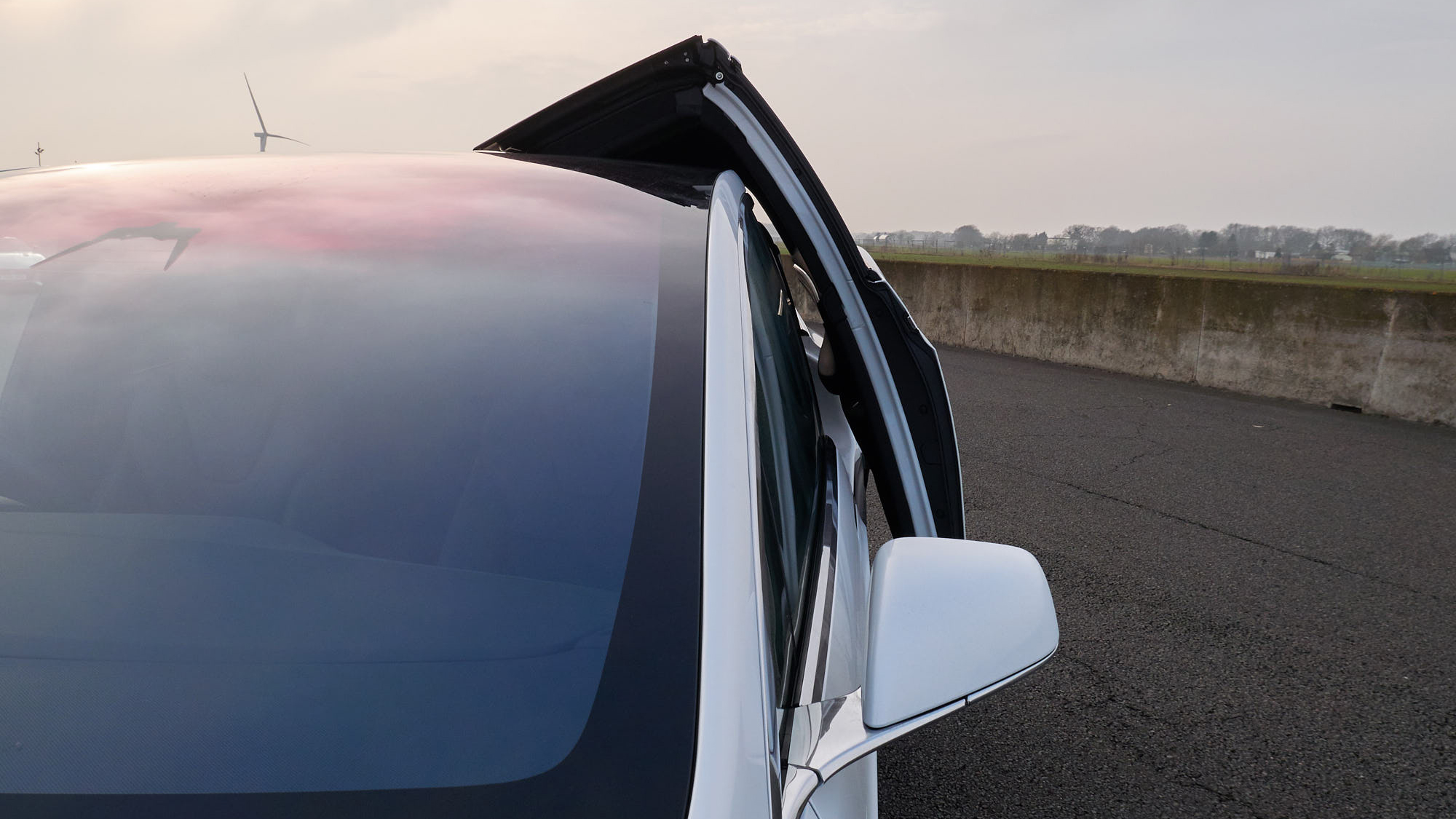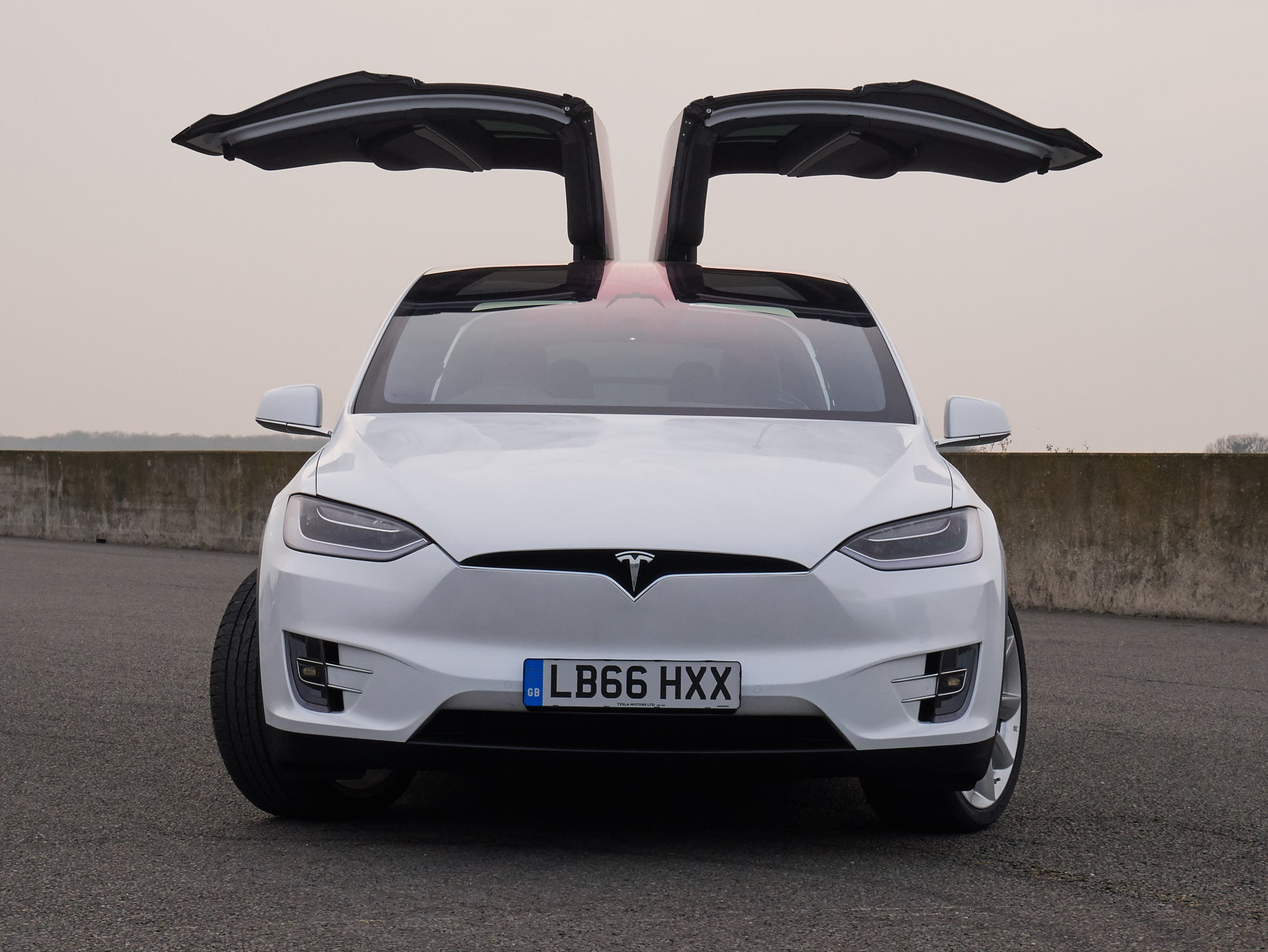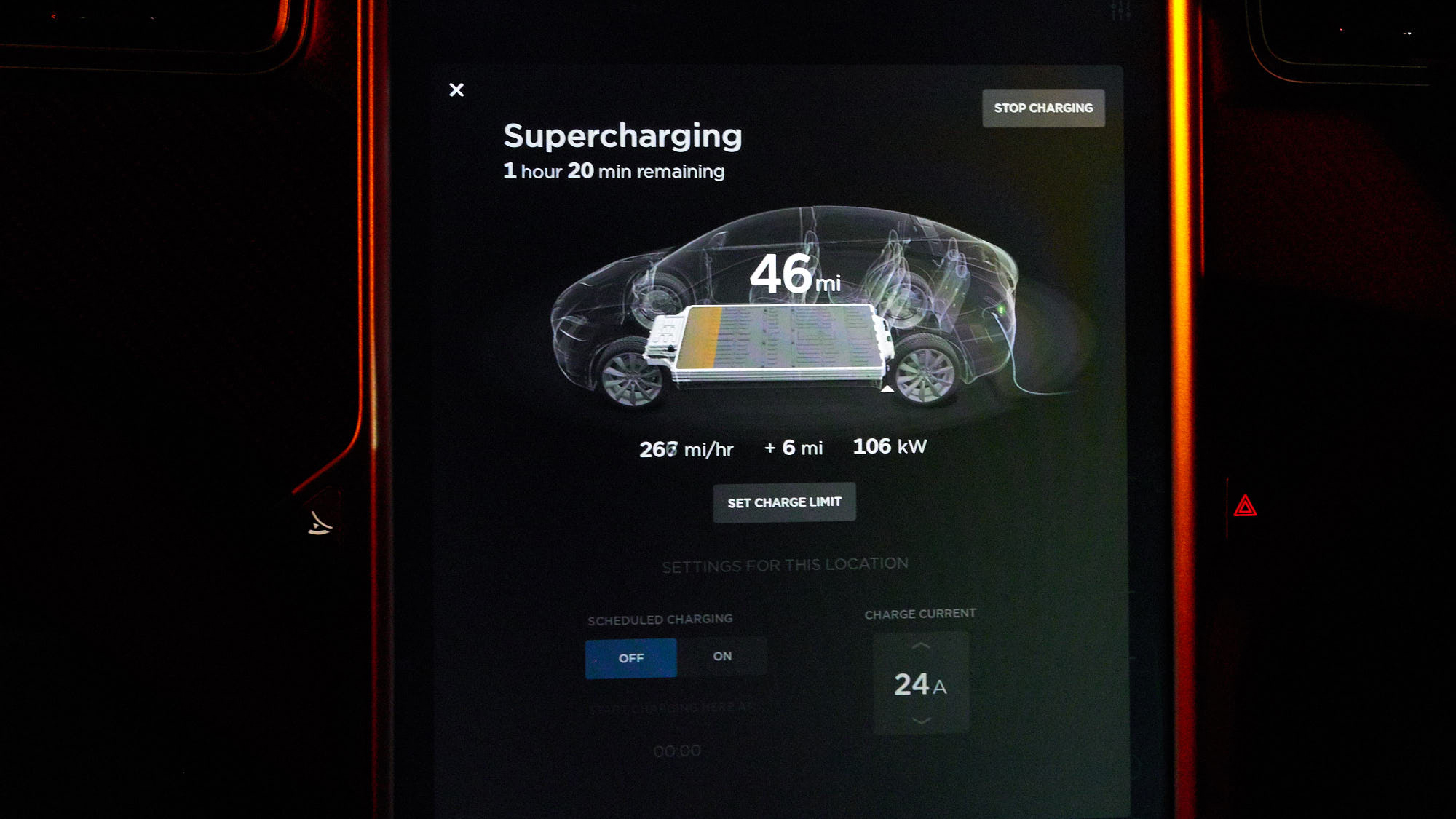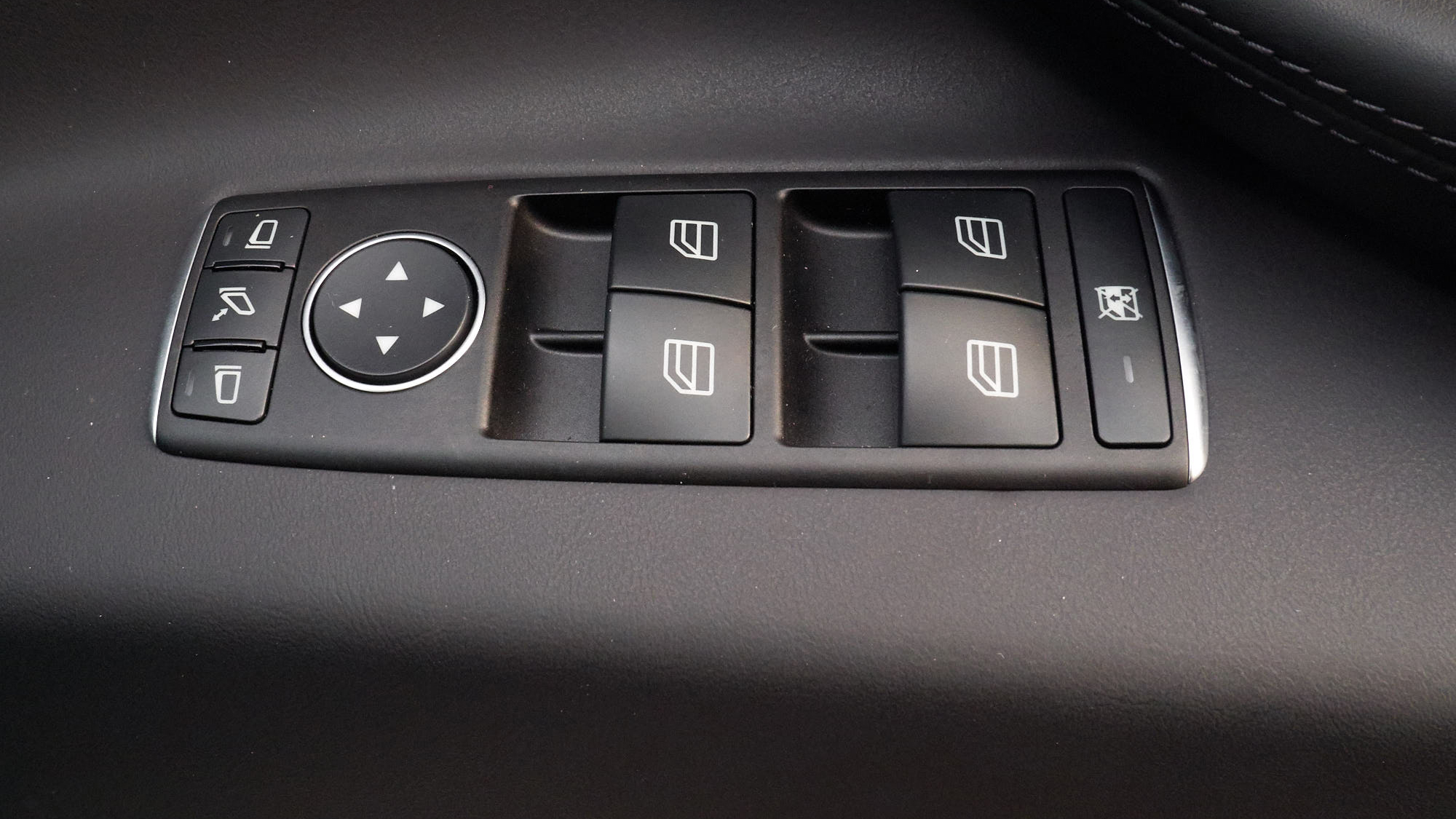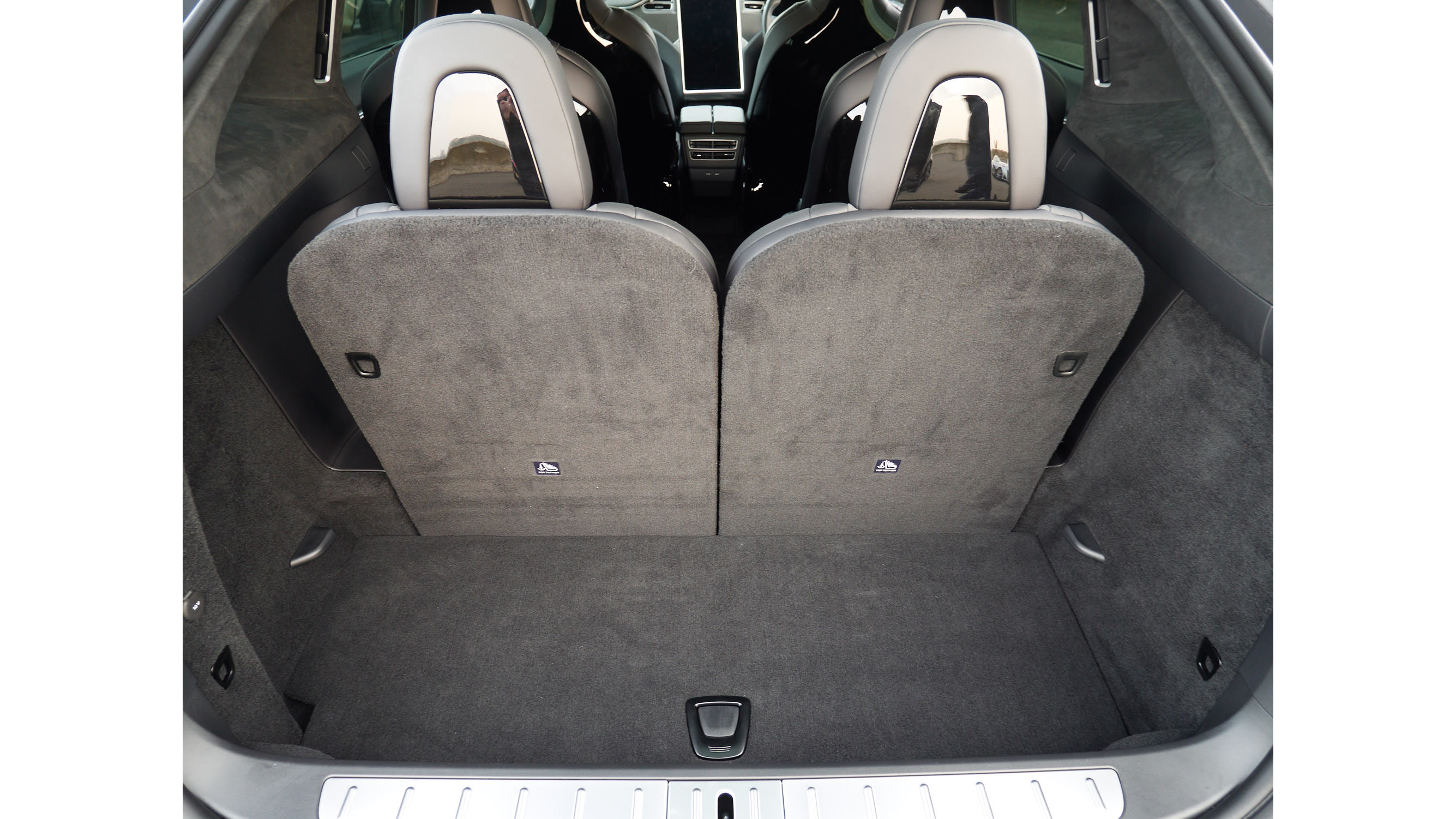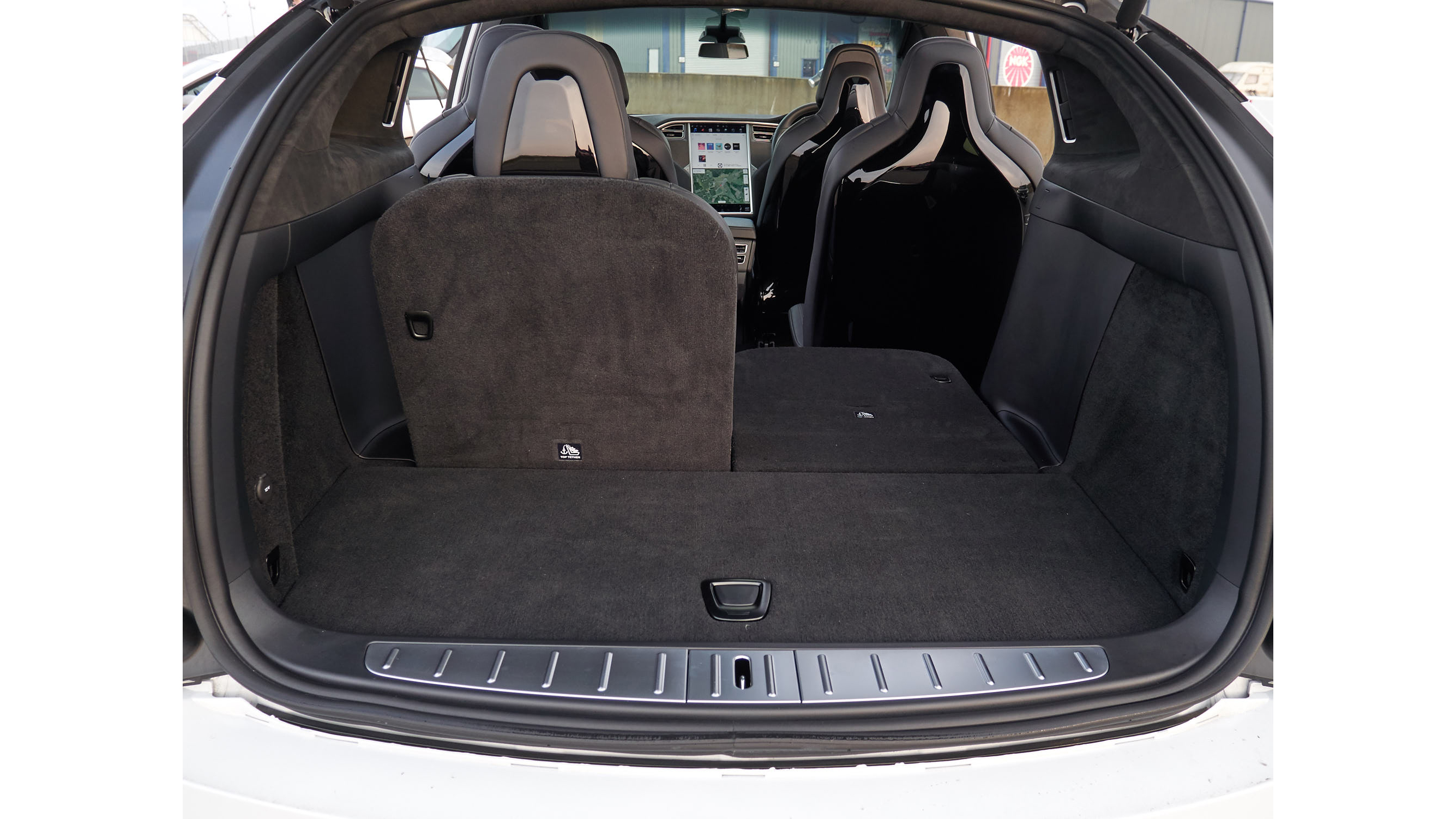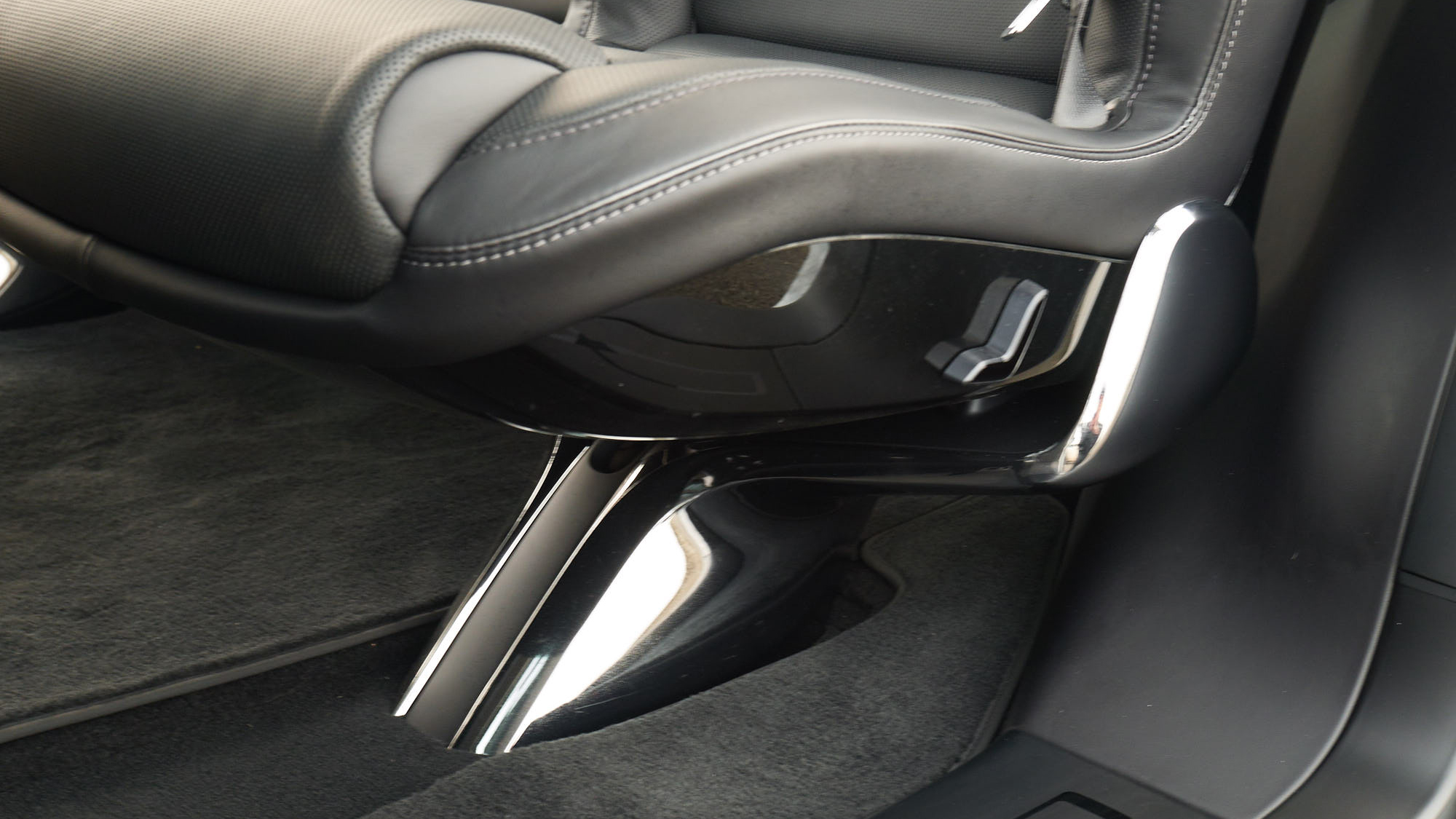
Opinion: Tesla needs to stop re-inventing the wheel
Paul Horrell on why Tesla should stop trying to solve problems that don't exist
Dear Elon Musk, here's why you shouldn't be obsessed with re-inventing every single wheel. Most of them were just fine in their original circular form…
OK, before I begin to rant, let's get one thing on the table. The Tesla Model X is, in all the difficult ways, a transcendently brilliant piece of work. It emits no tailpipe gases. It drives marvellously.
It's quick, smooth and quiet. You can regulate your speed, both in traffic and when the road is open before you, with delightful smoothness and felicity. The grip is strong even on greasy wintry roads, and the superbly calibrated ESP system speaks volumes for the speed of reaction and subtle control of electric motors.
The comfort, for a firm-sprung tall vehicle, is really very impressive.
(Teslas so far have managed their assisted driving more smoothly than rival systems too. But we'll step over that issue for the moment because with the rollout of the new 'Full Self Driving' hardware and software 8.0, Tesla has sensibly disabled most features whilst they're verified.)
Oh, and superchargers are an astounding bit of infrastructure too.
In all these ways, Tesla's commitment to disrupting previously unquestioned but actually harmful automotive conventions has brought stupendous rewards.
The car world really will never be the same again.
So having done these extraordinarily difficult things with near-unqualified success, why didn't Tesla stop there?
Instead, the Model X embodies reinventions of a parade of other features that were perfectly satisfactory before. And are deeply flawed in Tesla's new format.
Top Gear
Newsletter
Thank you for subscribing to our newsletter. Look out for your regular round-up of news, reviews and offers in your inbox.
Get all the latest news, reviews and exclusives, direct to your inbox.
The Model X's screaming headline is its 'falcon wing' rear doors. They rise upward electrically. Not quite gullwings, they pivot in the middle so they need less sideways space. A clever idea that – even if a car is parked alongside, they will sometimes lift vertically clear before spreading laterally to admit you. They also provide a wide aperture, so you can walk into the seat rather than climb bum-first as with a normal door.
1903
But they open so slowly that any able-bodied person could be sat down, door shut and belted up in a normal car before the Model X's door had even motored up. Never mind down again.
And when up they flex alarmingly in the breeze. And their double-hinged multiple-motored complexity means they don't fit reliably – our test car had wide and variable gaps around the doors. Of course the doors have to do without pockets or cupholders, because they'd disgorge their contents upon opening. Imagine the liability suit if an expensive American lawyer's passenger had a bucket of skinny soy latte cascaded on their head.
The doors have a series of sensors that prevent accidental clashes with solid objects. But not reliably. The test car pushed itself repeatedly onto a test human shin placed in its path.
But on other occasions even in an open space, got part-way up and stopped. Leaving my family and friends trapped in the back. And no, holding the 'raise door' virtual button on the touchscreen didn't help.
At least we didn't need to fit a roof rack. Just think about that for a moment.
So, falcon doors. Advantages over normal doors: just occasionally they aid access. Drawbacks: sloth, weight, complexity, inconvenience, inconsistency, packaging efficiency, cost, potential reliability…
Next. The obsessive reduction of controls for the driver. To the point were there is no way to turn the car on or off. No key, no button, no nothing, honestly.
The Tesla comes alive when you get in with the key in your pocket. Pull the 'transmission' lever into D and drive away. Screens, stereo, navigation, climate, headlights, lights – they all just come on. When you're used to it, this is delightfully convenient.
When you stop, just put the lever in P, get out, and it all powers down. So far so good.
But what if you stop to wait in the car? You might do this every day collecting your kids from school. You arrive a few minutes early. In anyone else's car you'd turn off the key, or press the start/stop button. Not here.
You put the lever into P. This turns on the interior lights, but leaves everything else on too. So you turn off the wipers (fine, there's a stalk for that) then go to the screen and hit the 'climate off' button to silence the whirring fan.
But the lights are still on. So you have to dismiss the 'doors' dialog that popped up on the screen when you put the car in P. Then hit the 'controls' menu, then go to the 'lights' sub-menu and go from 'lights auto' to 'lights off'.
OK you don't need the climate and lights off – the battery has energy to waste. But sitting there headlamps blazing away attracts attention and makes pedestrians uneasy of crossing in front of you. And then you need to reverse all that palaver when your kid jumps in and you want to drive home. Aaaargh. What exactly was wrong with an actual ignition and lights switches?
The enormo-screen on Tesla's the dash will doubtless impress you initially. But it dominates the space so comprehensively that there's nowhere to rest your wrist when using it, so it's very hard to jab the correct virtual button when the car's moving. It's like harpooning minnows from a heaving boat. I struggle to think of a circumstance when two half-sized screens wouldn't be better.
The Model X's windscreen is a panoramic job. It arcs over your head, creating a breathtaking sense of light and space. On days when the low sun dazzles you, there are sun visors. You swivel them out from the A-posts. They have retracting magnetic catches so beautifully engineered I gazed at them for minutes on end trying to figure out their mechanism. Trouble is, the visors, because they reside in the pillars, are so thin they seldom do their actual job.
A Citroen C4 Picasso's panoramic screen has cheap-feeling blinds you pull from the headlining – but at least they serve their purpose in life.
Into the back again. Our test Model X had the six-seat configuration, in three rows of two. The middle row seats each stand on a mono-pedestal rather than normal double runners. It looks gorgeously elegant and sculptural.
But because the seats are staggered laterally, this under-seat obstruction is exactly where the third-row passenger wants to put their outboard foot, so they have instead to sit uncomfortably askew. Normal double floor rails are simpler, lighter, doubtless far cheaper, better proven and it turns out more fit for purpose. Why was this silly re-invention necessary?
Over history, many car companies building distinctive vehicles did so because of a visionary founder or early boss. Indeed they often struggled and lost direction when that individual departed. William Lyons at Jaguar, Colin Chapman at Lotus, Vincenzo Lancia, The Dodge brothers, Andre Citroen. A distinguished list.
Yet Tesla's Chairman, Product Architect and CEO, Elon Musk, has more vision and imagination in his little finger than they did combined. I wish he'd continue to deploy that brilliance to solve problems that need solving. Not create new ones by 'solving' ones that don't.
More from Top Gear
Trending this week
- Car Review
BMW 1 Series




